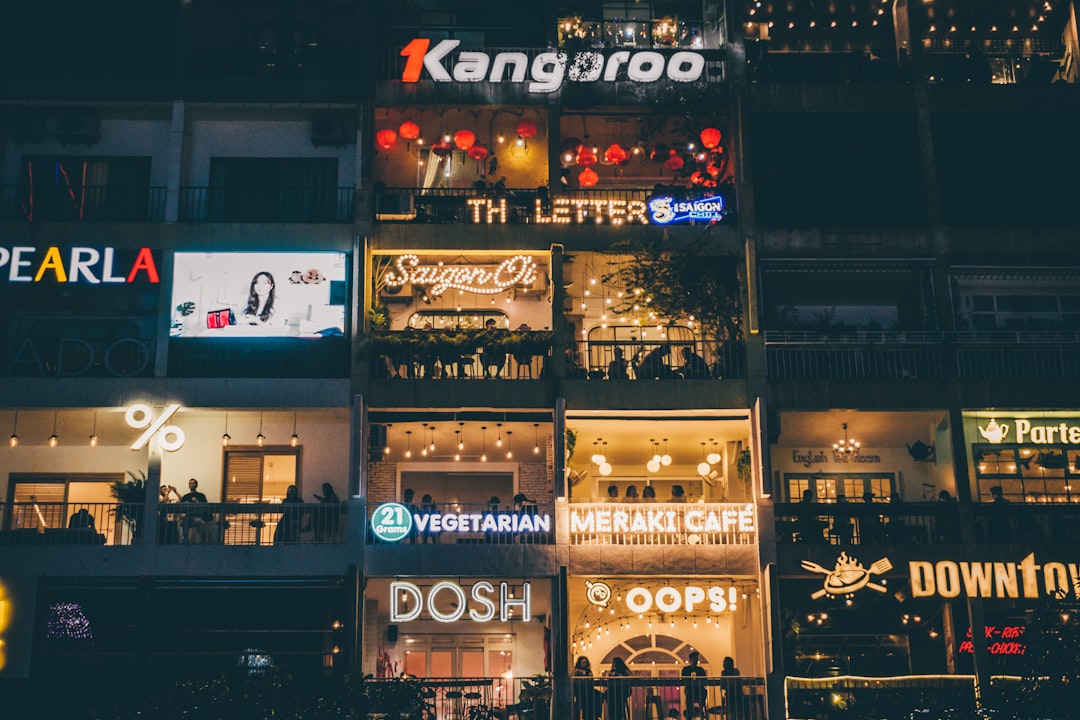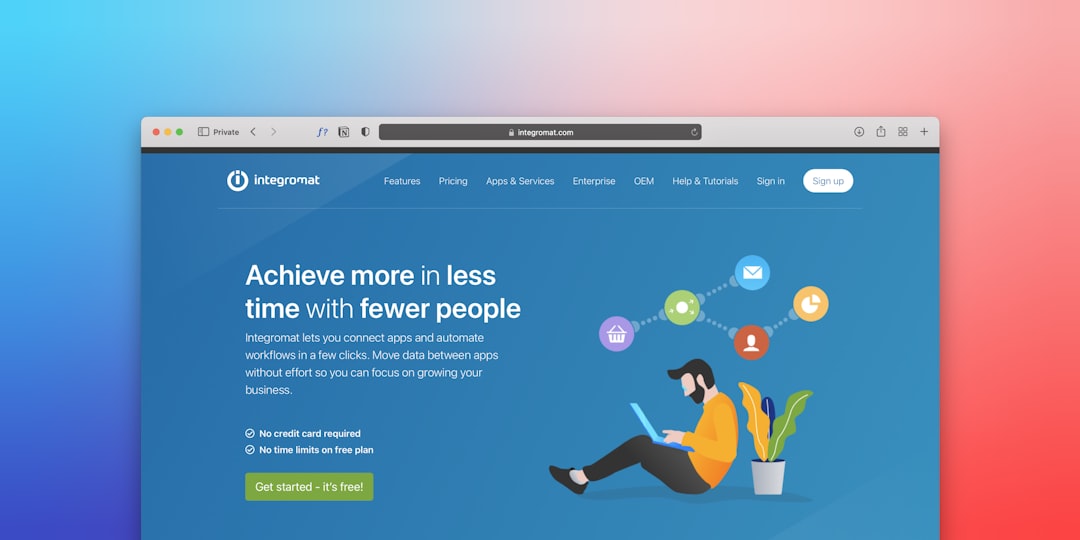
Getting your content indexed fast is like waving a flag at Google saying, “Hey, look at me!” But doing it the wrong way can look spammy—and that’s a problem. Google is smart, and it doesn’t like tricks. So how do you go fast without being shady?
Let’s keep it simple and smart. In this guide, we’ll show you how to boost your indexing speed using three clean strategies: Sitemaps, Pings, and Internal Link Bursts.
Why Fast Indexing Matters
Speed is important. When you publish new content, you want it live in search results ASAP. The faster your pages are indexed, the faster you can get traffic, rankings, and possibly sales.
But blasting low-quality links or mass-submitting junk? That’s spam. You’ll just end up in Google jail—or worse, ignored.
So let’s dive into the powerful trio that gets results—the clean way.

1. Sitemaps: Your Search Engine Map
Think of a sitemap like your website’s menu for search engines. It says, “Here’s all the stuff I’ve made; come take a look!” It’s structured in a format (usually XML) that search engines love.
Here’s why sitemaps are awesome:
- They guide crawlers to your content quickly.
- They help Google discover new or updated pages.
- They give extra metadata like “Last Updated.”
Set it and forget it? Not quite. While most CMSs (like WordPress) auto-generate sitemaps, you should do a few extra things:
- Submit your sitemap in Google Search Console.
- Make sure only index-worthy pages are listed.
- Keep your sitemap fresh by updating or pinging it regularly.
Your sitemap should never be bloated. If your site has hundreds of low-value pages, Google may ignore large chunks of your map. So keep it tidy!
2. Pings: The Gentle Nudge
Pinging is like poking Google and saying, “Hey, I’ve got something new!” Unlike spamming, it’s a gentle, legit notification system.
Here’s how it works: You send a direct alert to search engines when you post something new or update a page.
You can ping:
- Bing
- Other web crawlers
For example, here’s a URL you can use to ping Google when your sitemap updates:
https://www.google.com/ping?sitemap=https://yourdomain.com/sitemap.xml
Just drop that into the browser after publishing, or automate it with your CMS or plugins.
Bonus: You can also use free online tools or scripts that ping multiple search engines for you. But don’t overdo it. Only ping when there’s something real to show.
3. Internal Link Bursts: Your Secret Weapon
This is the fun one! Google is obsessed with links, especially internal links. When you connect your content in clever ways, it shows Google what’s important—and helps indexing.

Internal Link Bursts means creating a flurry of smart internal links pointing to your new content.
When Google comes to your site, these links act like arrows shouting, “Go here next!” It increases crawl priority without a single external backlink.
Here’s how to make an internal burst:
- Pick 3–5 high-value, highly crawled pages from your site.
- Edit those pages to naturally link to the new content.
- Use proper anchor text that relates to your keyword target.
Example: Let’s say you publish a new article about cat grooming. Go back to your top posts on pet health, cat care, or tips for new pet owners. Add in-context links like: “Learn how to groom your cat at home.” Boom, instant signals.
No Tricks, Just Signals
The key to all this is signals. Indexing is just the result of proper signals. Google wants to crawl pages that feel important and relevant. So, when you combine:
- A sitemap that lists your content clearly
- A ping that waves the update flag
- Internal links that drive crawl paths
Google listens. And boom—fast indexing without any sketchy tactics.
But Wait, What About Social Signals?
Good question. Social media is not a direct indexing tool. Google doesn’t crawl your tweets or Facebook posts for rankings. But when a piece of content gets attention fast, social visits increase traffic.
And more traffic = more signals = more crawls.
Quick tips for social traction:
- Share your link on Twitter, Facebook, Reddit, or niche forums.
- Add Open Graph tags so your links look great when shared.
- Encourage early users to share or comment.
That won’t guarantee indexing, but it definitely helps give search engines a reason to stop by.
Test, Track, and Repeat
You can’t improve what you don’t measure. After you hit publish and run your Indexing Triple Play (Sitemap + Ping + Internal Burst), check your results.
Use tools like:
- Google Search Console – Look for “Discovered” status in Index Coverage reports.
- Site: search on Google – Check if your page appears.
- URL Inspection Tool – Submit manually and see crawl status.
If you’re doing it right, your page will be indexed within hours—or even minutes!
What Not to Do
Let’s wrap with a few red flags to avoid at all costs:
- Don’t mass-submit the URL to dozens of “indexing services.” Those are usually spam farms.
- No fake backlinks, spammy link wheels, or link blasts. They can trigger penalties.
- Avoid publishing thin or duplicate content. If Google senses it’s fluff, it won’t index at all.
Sustainable SEO is a game of trust. Send clean, smart signals, and you’ll earn Google’s attention naturally—fast and safe.
Conclusion
If you’re serious about showing up in search fast, remember this combo:
- Sitemaps – Tell Google what exists.
- Pings – Tell Google when things change.
- Internal Link Bursts – Tell Google what matters.

You don’t need shortcuts or spam. Just smart moves and a solid strategy.
Let your content shine—and make sure Google sees it first.






